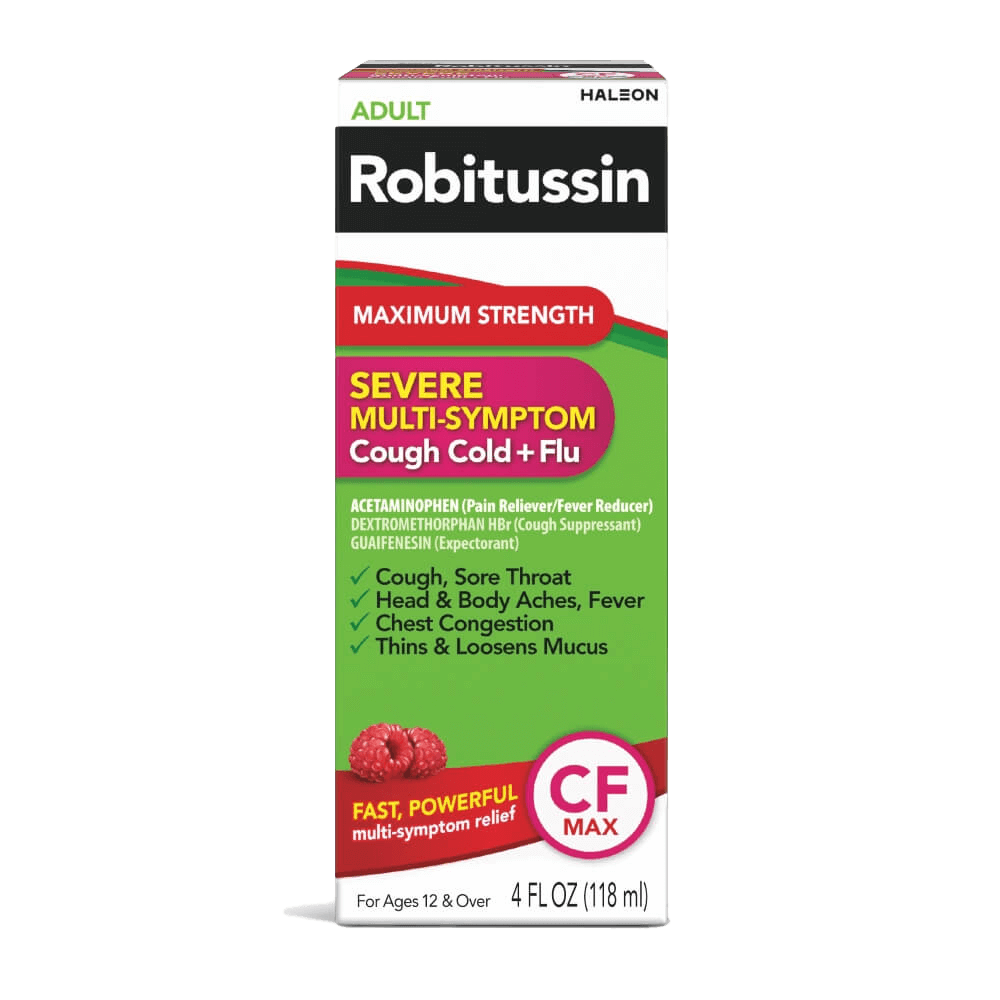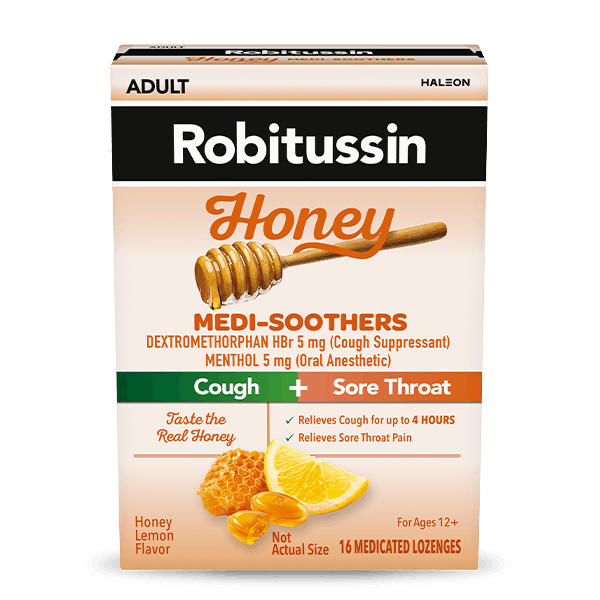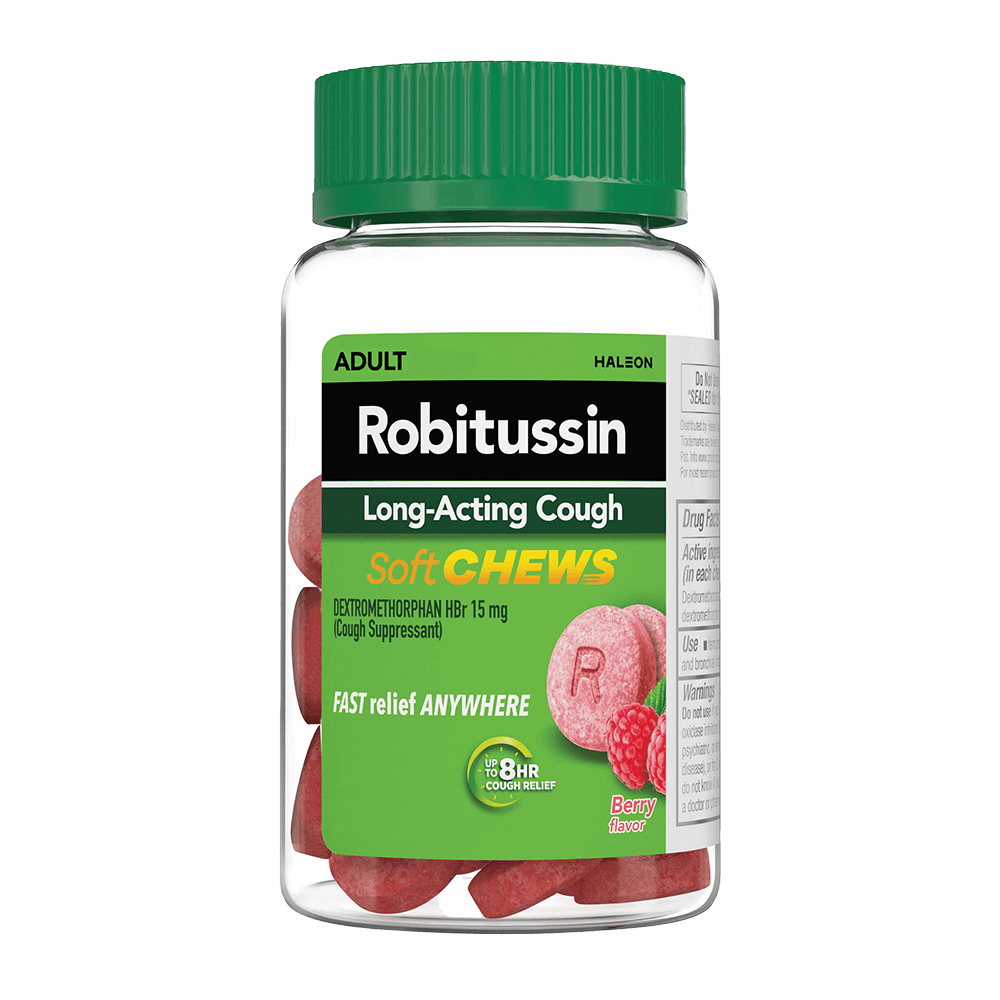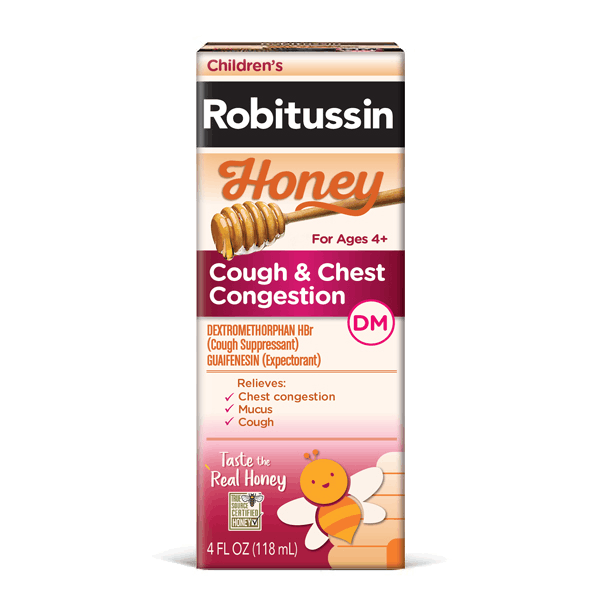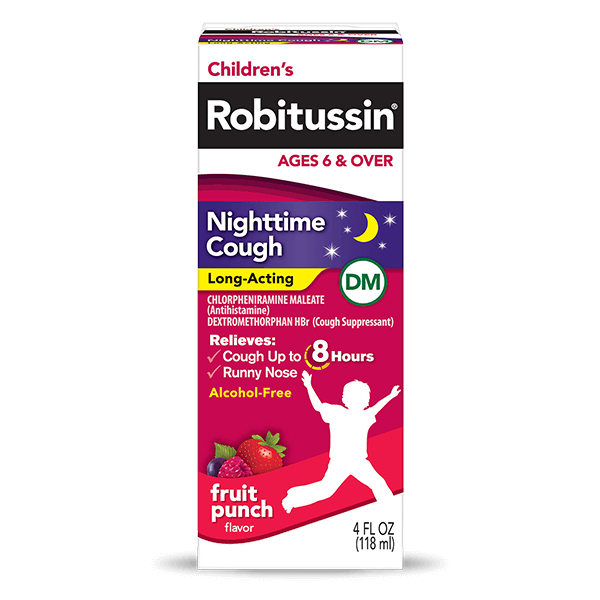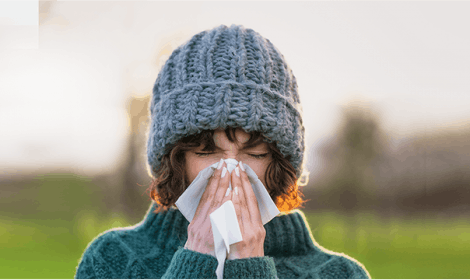Runny Nose vs. Stuffy Nose: What’s the Difference?
Understanding the differences between a runny nose and a stuffy nose can help you find relief and start feeling better. Although each symptom is frequently referred to as the other, stuffy and runny noses are distinct. Learn the differences between these symptoms, as well as how to relieve them both.

Stuffy Nose
A stuffy nose is another term for nasal congestion, which occurs when tissue in the nose becomes swollen due to inflamed blood vessels.1,3 This swelling leads to an uncomfortably stuffy, plugged up feeling that may be accompanied by nasal discharge—more commonly known as a runny nose.1 A stuffy nose, also called nasal congestion, can be brought on by anything that irritates or inflames the delicate nasal tissues.2 Most commonly, this includes infections and allergies, but irritants like tobacco smoke and car exhaust may also be to blame.1
Some potential causes of a stuffy nose include1:
- Acute sinusitis
- Allergies
- Chronic sinusitis
- Common cold or influenza
- Overuse of decongestant nasal spray
- Deviated septum
- Dry air
- Chronic congestion not related to allergies
- Pregnancy
- Sleep apnea
These causes and others may contribute to a stuffy nose. You may want to speak with your doctor to determine a specific culprit, but generally, it can be treated at home. If your symptoms last more than ten days and are accompanied by a high fever or nasal discharge that’s green or yellow in color, speak to a medical professional.
When treating a stuffy nose at home, take steps to avoid known allergic triggers and common irritants like cigarette smoke and sudden humidity changes.1 Saline sprays and rinses may help to loosen mucus, and an over-the-counter antihistamine may help as well.1 Medications that treat nasal congestion can also provide relief.
Runny Nose
The hallmark of a runny nose is mucus being discharged from the nose.2 A more scientific term for a runny nose is rhinorrhea, which refers to mucus that drips or “runs” from the nose.2
A runny nose can be brought on by allergies, a cold or flu, or colder outside temperatures. Normally, the mucus in your nasal passages that traps harmful particles that enter the nose is moved to the back of your throat to be swallowed and passed through the body or sneezed out.2 When this process is slowed down by cold temperatures or illness, the mucus stays in your nose and then “runs” out.2
There are several causes of a runny nose. The most common include2:
- Allergies
- Common cold
- Cold temperatures
- Flu
- Gustatory rhinitis, or a runny nose brought on by eating certain foods
A runny nose may be accompanied by a stuffy nose, fatigue, or a sore throat pain due to postnasal drip. When too much mucus is present, some may drip down the back of the throat, leading to irritation, cough and sore throat pain.2
Saline drops or sprays can help manage a runny nose by loosening the mucus in your nose.2 Other home remedies include neti pots, hot showers and eating spicy foods.2 A diet rich in immune boosting foods may help you feel better, too. If your runny nose is truly bothering you and making it hard to sleep, try over-the-counter medications. These medications contain decongestants, which are drugs that help to shrink the blood vessels in your nasal passages, making it easier to breathe.3
Contact a medical professional if your runny nose persists, or is accompanied by3:
- Throat pain or white or yellow spots on the tonsils or elsewhere in the throat
- Swelling of the forehead, eyes, side of the nose or cheek that happens with blurred vision
- Nasal discharge that has a foul odor, is a strange color other than white or yellow, or is produced by only one nostril
- Cough that produces gray or green-yellow mucus and lasts more than 10 days
While a runny nose and stuffy nose are similar and often happen simultaneously, they’re not the same and do not necessarily share the same cause. Talk to your healthcare provider if you’re curious about the cause of your symptoms.
Source Citations:
- Nasal Congestion. Mayo Clinic. https://www.mayoclinic.org/symptoms/nasal-congestion/basics/definition/sym-20050644. Accessed August 18, 2021. Referenced text is highlighted in the source material.
- Runny Nose. Cleveland Clinic. https://my.clevelandclinic.org/health/symptoms/17660-runny-nose. Accessed August 18, 2021. Referenced text is highlighted in the source material.
- Stuffy or runny nose – adult. Mount Sinai. https://www.mountsinai.org/health-library/symptoms/stuffy-or-runny-nose-adult. Accessed August 18, 2021. Referenced text is highlighted in the source material.
- **True Source Honey is ethically and transparently sourced. Click here to learn more
- ^Read more about our non-GMO standard. here
- ⚬This product contains the active ingredients Dextromethorphan.
- **This product contains the active ingredients Dextromethorphan and Guaifenesin.
- *These statements have not been evaluated by the Food and Drug Administration. This product is not intended to diagnose, treat, cure or prevent any disease.
- We are aware of FDA’s proposed order to remove oral phenylephrine (PE) as a nasal decongestant from the OTC monograph. Note, FDA’s proposed order does not question the safety of oral PE, only efficacy. We have introduced several new formulations across our brand portfolios, to remove oral PE, to ensure product availability for consumers to treat their symptoms ahead of the 2024/2025 cold, cough, flu season and to provide new remedies and forms to ensure people have options
- Use as Directed.

